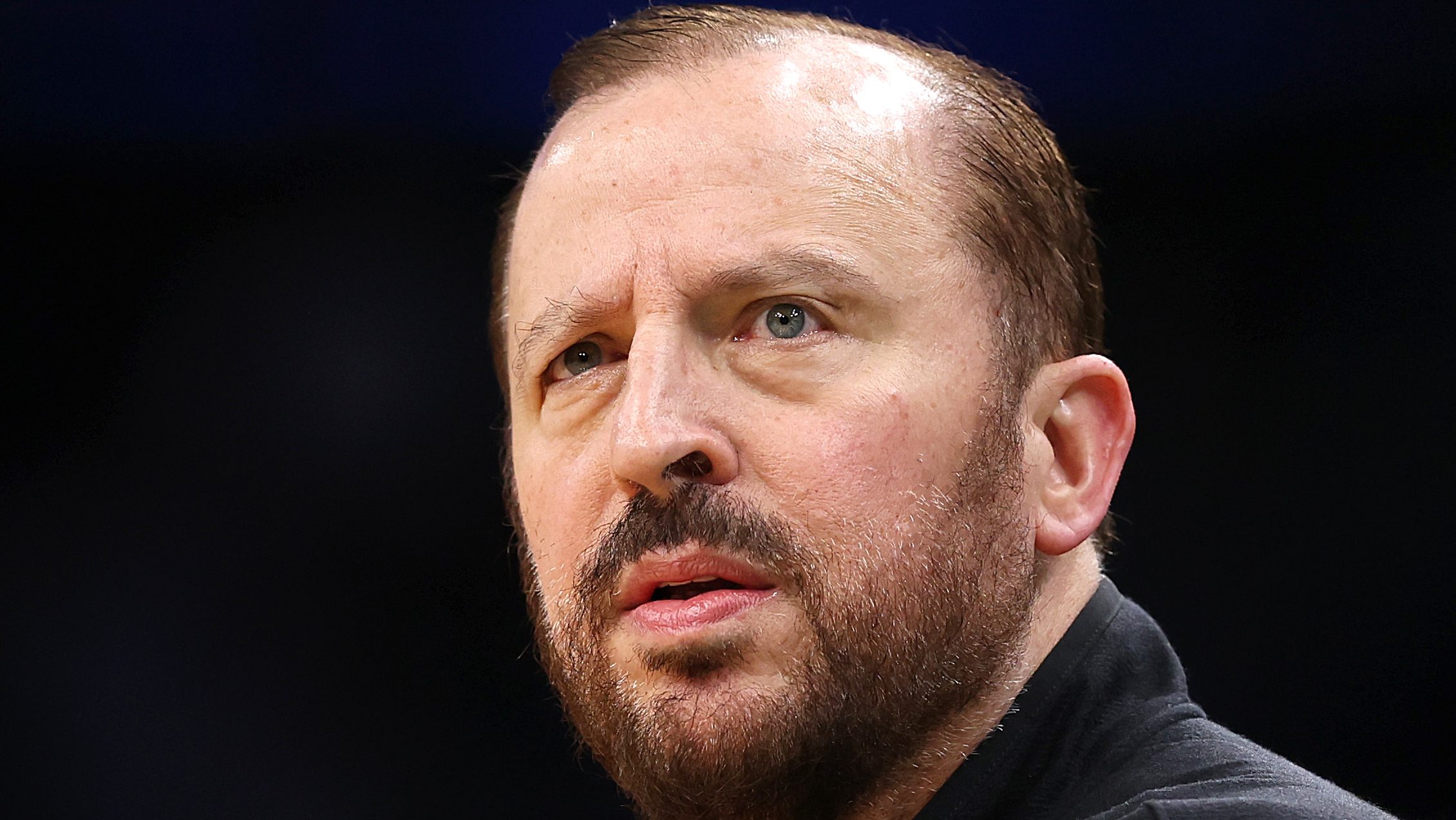Infra
New York Should Tax Parking Spaces, Not Streets, to End Standoff

New York Gov. Kathy Hochul’s reversal on congestion pricing in Manhattan shows how politically risky these types of fees can be—and how politically beneficial taxes can be to raise the same amount of money.
Hochul’s policy would have charged drivers up to $15 to enter parts of the city, with the dual goals of reducing traffic congestion and raising revenue for infrastructure and climate change mitigation. She reportedly is now considering an alternative payroll tax to cover a projected $1 billion revenue gap. This demonstrates the political viability of taxes versus fees.
Taxing privately owned parking facilities for their parking spaces could achieve nearly the same end as tolling Midtown and Lower Manhattan drivers, and it may be more politically palatable. City officials could revisit congestion pricing as an alternative to the parking tax, once the benefits of raising revenue from parked cars in Manhattan are clearer.
Risky Fees
Comparing the public’s appetite for user fees versus taxes isn’t new, especially when it comes to motor vehicles. Fees tied to road use, such as mileage fees or congestion pricing, are less popular than alternative forms of financing such as fuel taxes and sales taxes.
The New York experience seems to bear this out. The primary concern about congestion pricing appeared to stem from political backlash in competitive districts. Without clear benefits, this type of policy may appear to add a fee to the already unpleasant experience of driving in the city.
Fees such as congestion pricing are more visible than a sales tax or money taken out of a paycheck, and they directly and transparently apply to drivers.
Fees with a direct, or even assumed, impact on a large part of the population are going to be difficult to sell politically. They provoke strong reactions because of their often clear and quantifiable bottom-line cost. Taxes, however, can be spread out and less noticeable in the short term.
A $15 fee for entering Manhattan would have directly affected one part of the driving population and indirectly affected the city’s overall population through higher costs for goods and services resulting from the trickle-down effect of higher transportation costs.
Public response likely regarded the fee’s uniform cost to drivers, regardless of their income, as an immediate cost to all New York-area drivers with vague benefits sometime in the future—a new $15 charge to sit in the same old traffic and breathe the same smog.
An alternative payroll tax almost certainly would hit the wallets of more New Yorkers than a congestion fee on drivers in Manhattan because most New Yorkers don’t own cars and don’t drive to work. Congestion pricing would spread the financial burden across residents and commuters from outside the city, while only local businesses and employees would contribute to a payroll tax.
The payroll tax still may prove more politically viable because its effects may be more indirect. It’s more of an increase to an existing cost than a new cost, and it isn’t tied to use. This further offsets the connection between taxpayer-driver actions and the amount they owe.
Parking Space Tax
A higher tax on parking spaces and facilities could be a viable alternative to cover the funding shortfall caused by congestion pricing’s demise. This kind of policy—a hike of the existing sales tax on parking—would be less visible and less clearly quantifiable for a voter than a congestion fee would be.
A parking tax can serve several purposes. First, it can discourage driving into congested areas by charging higher rates in the most congestion areas such as below 60th Street, where congestion pricing would have applied.
More expensive parking may motivate commuters to take public transportation. But a parking tax wouldn’t affect rideshare drivers or other drivers who don’t park—traffic contributors who would be captured by and subject to congestion pricing. For this reason, the parking tax should be a temporary measure.
Second, a parking tax would raise money for infrastructure and public transit improvements, just as congestion pricing promised. If properly invested, it would make the latter more attractive to drivers looking to avoid the parking tax.
A parking tax would spread the cost across a broader base, including drivers from inside and outside the city as well as parking facility owners. This gives drivers a leg up on negotiating the percentage of tax they pay and the percentage a parking facility pays.
In competing for customers, parking facilities may choose to absorb a greater or lesser percentage of the tax to keep their lots or garages at full capacity and make up the difference in volume.
Congestion Pricing Revisited
Though a parking tax is a worthwhile stopgap policy, New York officials should revisit congestion pricing after they can justify it with the benefits of increased revenue for public infrastructure and transportation.
Results from around the world—including London, Singapore, and Stockholm—suggest congestion pricing policies often are unpopular at first, but proving the benefits can help turn the tables.
Also, public education campaigns that show how congestion pricing benefits the environment and public infrastructure could help shift public opinion. Gradual implementation through lower fees in limited zones and by timing congestion pricing with the repeal of the parking tax could ease the transition and help build public acceptance.
Ultimately, congestion pricing works. Its primary barrier is political marketability. But this can be overcome with evidence that the money it raises is going toward better transportation and infrastructure that benefits everyone.
Andrew Leahey is a tax and technology attorney, principal at Hunter Creek Consulting, and adjunct professor at Drexel Kline School of Law. Follow him on Mastodon at @andrew@esq.social
Read More Technically Speaking










